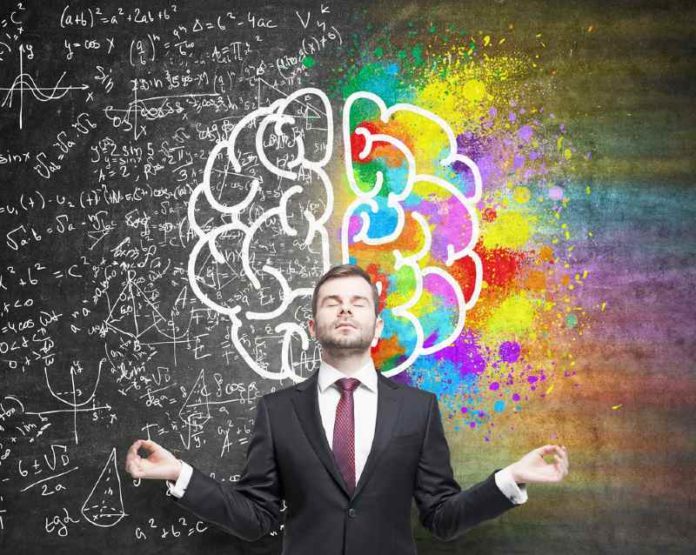How do we know our customers? By understanding that they’re human and that human decisions are driven by emotion.
In his book Thinking, Fast and Slow, Daniel Kahneman establishes two parallel processes by which our brains make sense of the world. System One is fast, automatic and emotional. System Two is slow, deliberate and rational. Though we’re generally unaware of it, our emotional System One does a lot of our decision-making through a series of automatic cognitive shortcuts. This frees up cognitive energy for our wise-but-lazy System Two to spend on life’s more calculated decisions.
From a customer knowledge point of view, we ought to understand how these System One emotional shortcuts work so we can tailor to the needs of our customers.
Emotion Versus Reason
The affect heuristic is a powerful cognitive shortcut. This is the automatic way we consult our feelings to make a rational decision. We substitute an easy answer (“That campaign makes me feel uplifted and inspired!”) for a more difficult question (“What are the attributes and costs of this product?”).
We rely on our emotions to make most of our decisions for us because our System Two has more difficult decisions competing for attention. Speaking to customers on an emotional level requires less effort, but is much more meaningful – if you consider these best practices from behavioral science:
Create an Emotional Content Platform
Neuroscience research demonstrates that emotions drive our decisions, but so do our memories of events and experiences. Find an emotional hook for your brand purpose – around which to craft emotional stories.
Dove’s “Real Beauty” campaign applied emotional storytelling and raised the bar for content marketers by changing the cultural dialog on women’s body image. Its transition from a rational message (“Dove soap contains 30 percent more lotion than the competition …”) to an emotional platform of self-esteem gave the brand globally relevance and enabled it to enter new product categories. The content is thoughtfully crafted and deeply emotional. Dove’s emotional platform enabled it to grow into a $6 billion icon.
Incorporate Emotion into Solution Design
It’s not just marketing that benefits from appealing to the heart over the head; your products can evoke emotion as well. After some experimentation, many brands have discovered that product design and development with an emotional eye can make products more appealing and memorable to consumers.
In the automobile industry, for example, designers have learned that car designs that mimic human facial structure are more appealing to buyers. Anthropomorphizing by describing the “personality” of their vehicles allows consumers to maintain an emotional connection with their purchases.
Find places in your solution to build in opportunities for social sharing or other emotional or “peak” moments. These are both powerful triggers for brand engagement.
Drive Your Message Home with Familiarity
Emotional branding shouldn’t be a one-off effort – emotional associations grow over time. This is partly due to the mere exposure effect, a cognitive bias giving us preference for things we’ve seen more than once and the frequency illusion, where a brand remains constant in our thoughts.
Coca-Cola is a great example of a brand that has built this familiarity over time: more than a century of disciplined, consistent commitment to its emotional brand platform of happiness. Though the brand adjusts for cultural preferences, its core global essence is tied to a fundamental positive human emotion. Can you hum “I’d like to buy the world a Coke” without smiling? Could your grandmother?
The positive affect we feel for the Coca-Cola brand is apparent, even at the neural level. Sam McClure’s famous neuromarketing study demonstrated this phenomenon by reversing the blind taste preference for small sips of Pepsi, simply by exposing participants in an MRI to the Coca-Cola logo.
Once you’ve created an emotional message and broadcasted it to your target audience, repeat it on a consistent basis so your customers learn to associate your brand with that message.
Great Brands Heart Their Customers
We are all emotional beings. We react to the world around us subconsciously and automatically. It’s this emotional core that fuels our buying decisions, and it’s the brands that speak to our hearts that make immediate, long-lasting connections with their customers.
Jeff Kreisler is the Editor-in-Chief of PeopleScience.com and Charlotte Blank is chief behavioral officer of Maritz and a frequent contributor to PeopleScience.com.
Emotion in marketing stock photo by ImageFlow/Shutterstock







